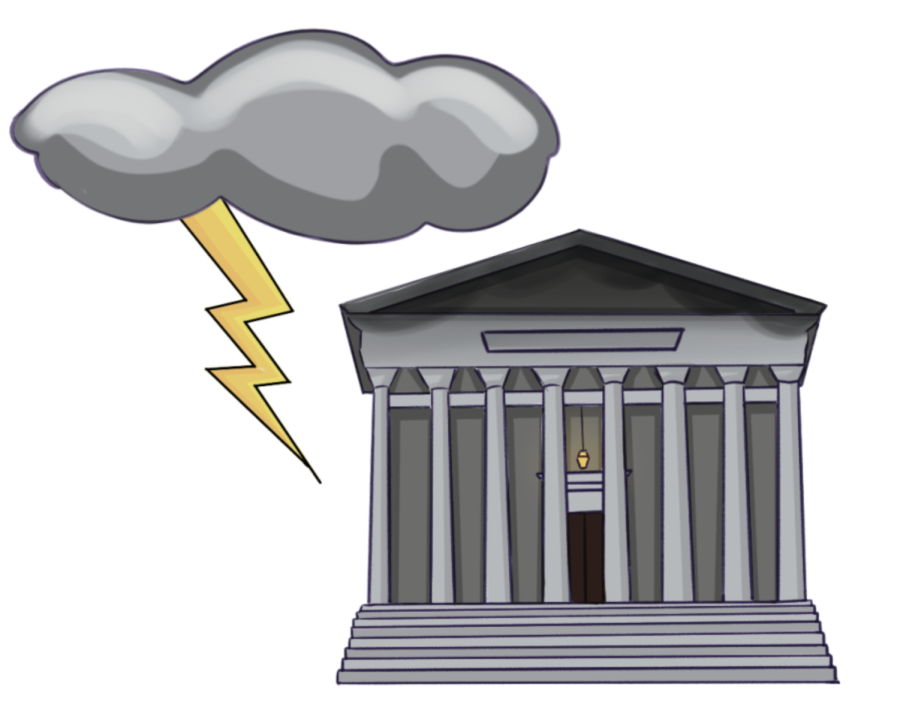OPINION: The Supreme Court, under a cloud
Future of court imperilled by leak and prospect of televised proceedings
On May 3, American Google searches for the term “Supreme Court” spiked to their highest level in five months, according to data site Google Trends. That day, the first draft of a Supreme Court opinion that would overturn Roe v. Wade leaked to Politico, an extraordinary breach that punctured the shroud of secrecy ordinarily surrounding the court.
Much attention has rightfully been paid to the substance and implications of the opinion. If adopted, the draft by conservative Justice Samuel Alito would upend nearly 50 years of Supreme Court precedent enshrining abortion access as a constitutional right. The blatant partisanship and radicalism of the opinion alone threaten the durability and integrity of the court.
Advocates have long called for further piercing the court’s secrecy by permitting cameras inside. Last year, a bipartisan bill allowing Supreme Court proceedings to be televised was introduced in the Senate.
A March C-SPAN/Pierrepont poll found 65% of American voters support televising Supreme Court oral arguments.
But incendiary leaks and cameras inside the courtroom threaten to accelerate the transformation of the Supreme Court from a serious deliberative body into a political theater swayed by public sentiment, informed — or misinformed — by the media.
New Justice Ketanji Brown-Jackson was asked about her view on cameras in the court in her recent confirmation hearings; like many judicial nominees before her, she was noncommital.
The Supreme Court releases audio recordings of oral arguments before it, but the justices also consider written briefs and confer with each other.
One need only look across town to the House and Senate to see the detrimental effect of televising proceedings, with political grandstanding for 30-second clips on the evening news. Unfortunately, performative outrage will draw more publicity than dry legislative hearings.
Of course, there are also certain benefits to having cameras in Congress: the potential to draw attention to certain issues and at least a degree of transparency.
But the Supreme Court is a different institution that would not benefit from this sort of transparency. It does not — or should not — operate as a forum for getting attention, scoring political points, or fundraising.
Rather, the nine justices are tasked with interpreting the Constitution based on the text and the cases before them. This is a formidable task, and what they decide determines our rights and civil liberties.
Thus, this sort of explosive leaking in the middle of the Supreme Court’s decision-making risks tainting the court’s judicial process with public pressure that could influence the final opinion. The historic discretion of the court notionally allows it to operate outside of the political fray.
Judges wear black robes to symbolize that justice is blind; only the law should matter. The Supreme Court has been moving further away from this ideal toward cynical partisanship, a move exemplified by this recent draft opinion.
We should endeavor to preserve the institution’s integrity — preemptive leaking, incendiary coverage, and televised spectacles would further weaken it.
